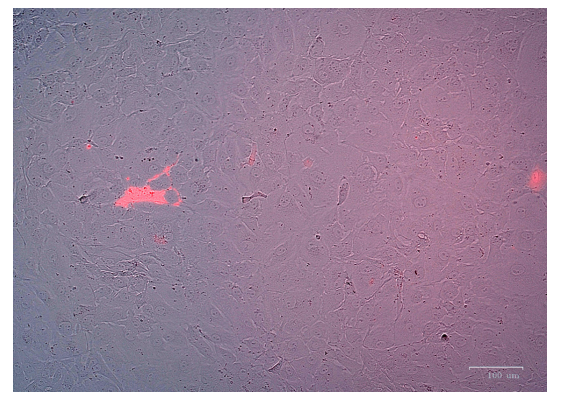
This article is an open access article distributed under the terms and conditions of the Creative Commons Attribution license (CC BY).
ORIGINAL RESEARCH
Engineering a recombinant Herpesvirus saimiri strain by co-culturing transfected and permissive cells
1 Moscow Institute of Physics and Technology, Dolgoprudny, Russia
2 Shemyakin and Ovchinnikov Institute of Bioorganic Chemistry of the Russian Academy of Sciences, Moscow, Russia
Correspondence should be addressed: Stepan P. Chumakov
Miklouho-Maclay, 16/10, Moscow, 117997; moc.liamg@lukhtah
Funding: this study was supported by the Ministry of Science and Higher Education of the Russian Federation (Project ID RFMEFI60418X0205).
Acknowledgement: we thank to the Center for Precision Genome Editing and Genetic Technologies for Biomedicine (Moscow) for the genetic research methods.
Author contribution: Hamad A — manipulations on cell cultures, molecular cloning; Chumakov SP — study plan; manipulations on viral stocks, transfection, titration, data analysis, manuscript preparation.






